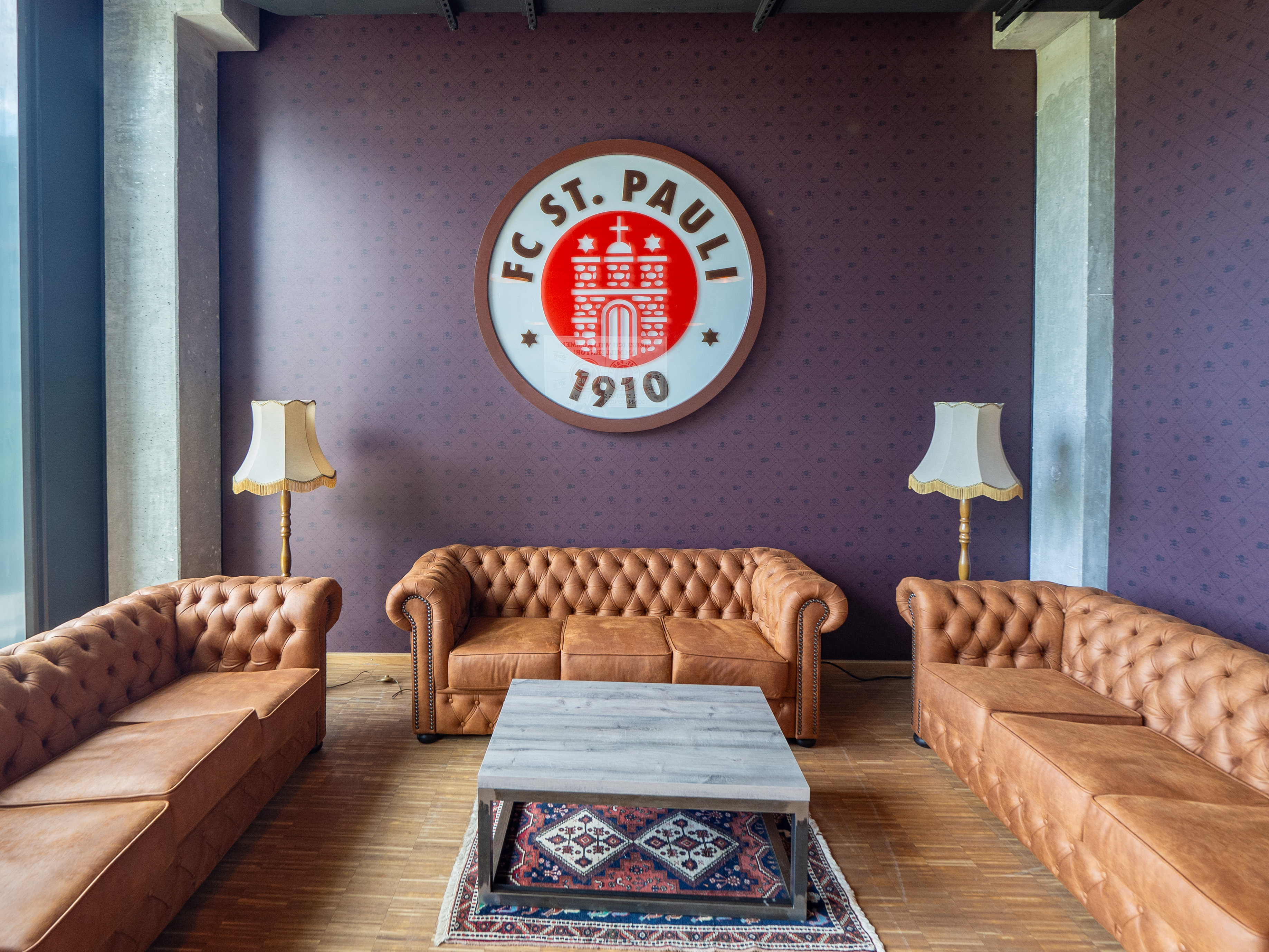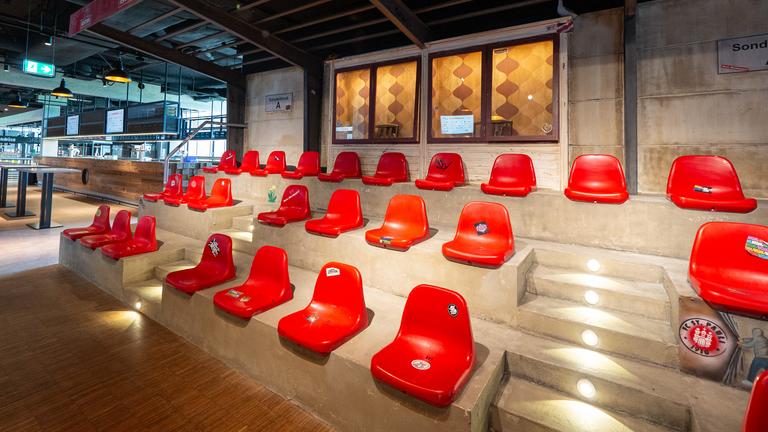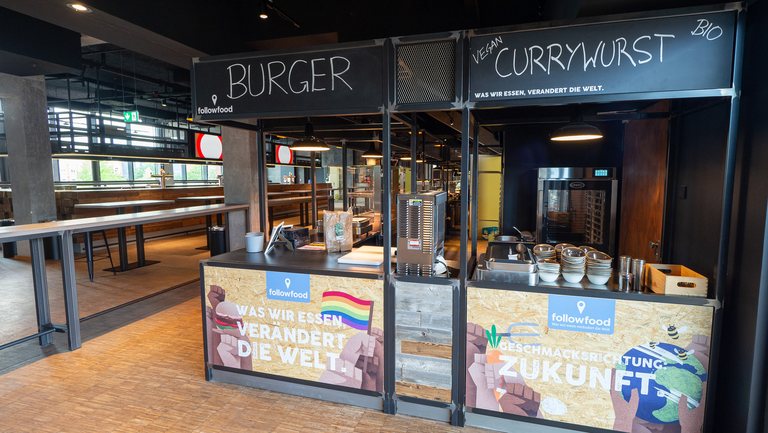Anyone who has renovated an old building knows that making it fit for the future, while at the same time preserving its generally rough charm and adhering to the budget and the deadline, is rather like a soccer player who scores three goals in the same half – like a hat trick of renovation. The real specialist here is the St. Pauli soccer club, which has often faced this sort of construction challenge over the last few decades. After all, much is at stake here. There is hardly any other soccer stadium which fascinates both fans and sympathizers from all over the world as much as the Millerntor, which is situated at the heart of the Hamburg district of St. Pauli. The club used the summer break to achieve an ambitious intermediate target for the season. Until recently, the south stand was a hive of building activity to ensure that the newly designed ballroom could be dedicated in time for the first home game at the weekend. Drees & Sommer SE smoothly and successfully managed the project, despite a tight timeframe. The role of the company, which specializes in construction and real estate consulting, was somewhat like that of a kit manager.
The home stadium of FC St. Pauli, which is lovingly referred to as its living room, is unique – not only because of its unrivaled location. The Millerntor stadium is set in the middle of the local district and close to landmarks such as Heiligengeistfeld and Reeperbahn, so it reflects the local district more than any other stadium, and it also reflects the clear values of the club and its fans. The traditional brown and white club colors, the legendary skull and the banner and flags stand for colorful diversity, tolerance and openness. Nowhere else do the fans have such an intense relationship with the local club’s stadium. When any changes are made – in the structure or the underlying concept – a great deal of tact is always needed.
You can read about what had to be taken into account in our press release.


